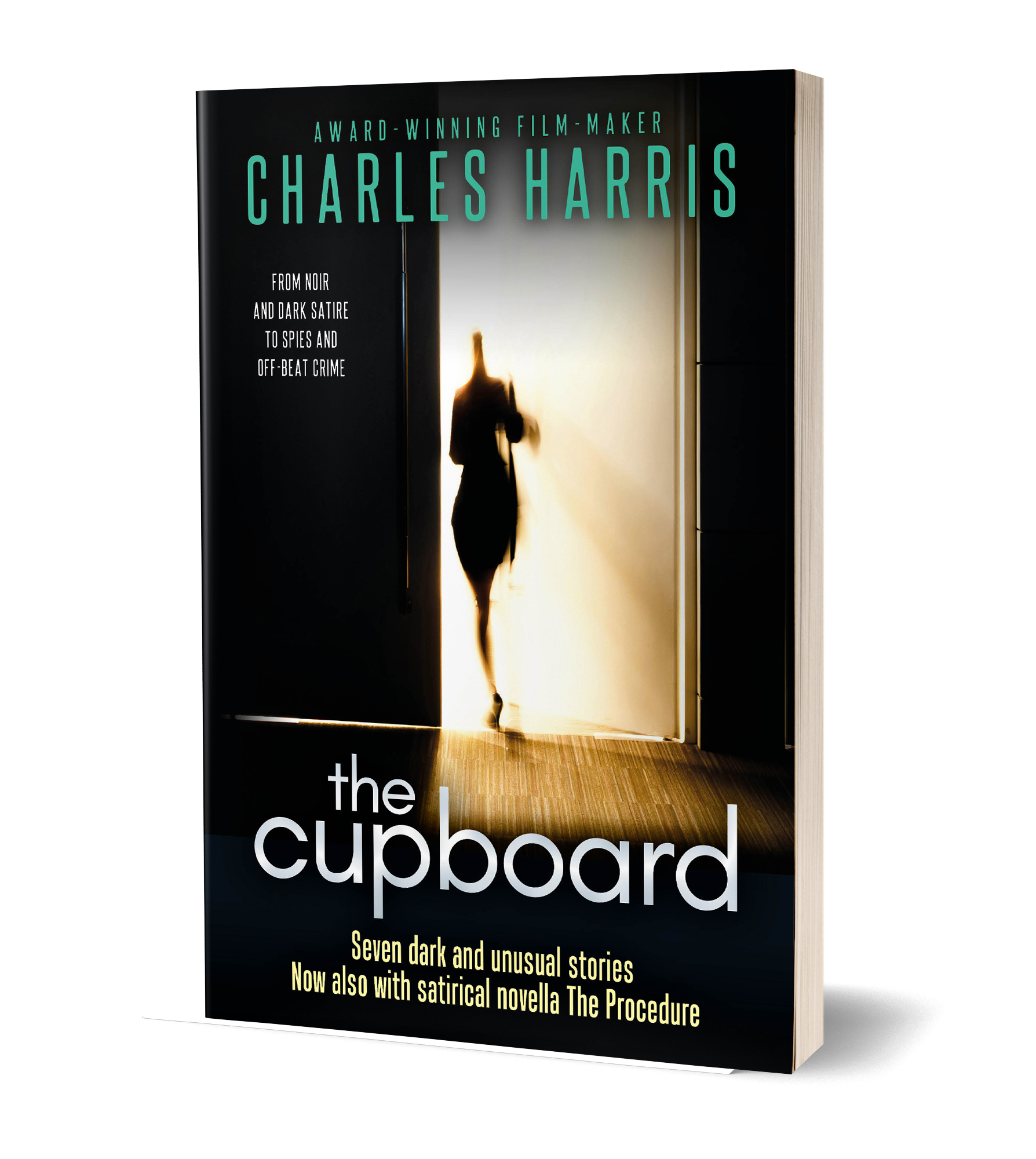The Man Who Tasted Shapes
25 Friday Jan 2019
Written by Charles Harris in Books, Life, Mental Game, Psychology, The Library Corner
The Man Who Tasted Shapes – Richard E Cytowic

It began in a kitchen. Two men talking over a roast chicken.
But one off-beat comment would lead to a decades-long scientific detective story. And a new view of what it means to be human.
One which could be increasingly important today.
The Man Who Tasted Shapes
I came across this story when an artist friend gave me a present of Richard E Cytowic’s ground-breaking book The Man Who Tasted Shapes.
The tale it tells is fascinating. A gripping scientific detective story in its own right.
It has been known since the 17th century that when some people experience something in one of their senses, they also, involuntarily, experience a sensation in one of their other senses.
They might, for example, see the colour red whenever they hear a door bell, or taste waffles when they hear the word “basketball.”
This is called “synaesthesia” and at first attracted a great deal of interest, but over the last century it dropped out of fashion.
All in your mind
According to Cytowic this is because scientists decided that the mind was essentially rational.
As a result, anything subjective or emotional tended to be overlooked or, worse, dismissed as “all in your mind.”
For Cytowic, the turning point came one day in 1980 in North Carolina, when his neighbour, Michael, let slip that the chicken he was cooking tasted “round” rather than “pointed.”
It turned out that Michael “felt” different tastes in a wide range of shapes. Left-over roast was arched. Peanut butter full of spheres and circles.
The Man Who Tasted Shapes tells the story of how this chance comment led to an entire career for Cytowic, a young neuroscientist at the time, who realised that synaesthesia wasn’t just an oddity but could challenge many dominant beliefs about how the mind works.
But it wasn’t easy. First Cytowic had to face down indifference and hostility from his peers.
A Scientific Poirot
To do this, he had to prove that synaesthesia was real. He had to find a way to show that “synaesthetes” weren’t making it up when they said, for example, that the sound of a door slamming smelled like fried onions, or that Wednesday was triangular!
And to explore where in the brain all this was taking place.
The process is fascinating to follow – a painstaking search in which we learn a great deal about Cytowic himself, his stubborn determination, his blind alleys and inspired guesswork. A scientific Poirot.
What we learn is that the mind is not a rational machine. That senses, such as sight and sound, are nothing like mechanical cameras or phones. That emotions and senses have their own logic, working alongside rational thinking as an essential part of the process.
Emotional extremes
While some of his ideas are still controversial, what has changed, not least thanks to him, is that the role of emotion in thinking has become an important subject in itself.
And following on from his work, recent books such as Daniel Goleman’s Emotional Intelligence have shown how – far from being a distraction – emotions are essential for making good decisions.
Nowadays, we have, if anything, swung to the other extreme. We live in a world where emotions seem to dominate rational choice. And people are quick to dismiss the rational evidence of “experts.”
Discussion seems to have given way to rancorous shouting. Some insist that science holds the answer to everything, while others go into denial.
But Cytowic’s book stands as an antidote to both extremes.
He is very careful to show how our emotional and unconscious selves need to work hand in hand with our rational sides.
In his view, what makes humanity unique is exactly that harmony between the rational conscious and the emotional unconscious.
A harmony and balance that we surely need to rediscover today.
This is what he learned following a chance remark about “pointy” chicken.
Read more:
Richard E Cytowic home page
Articles about how our minds really work and how we can use them better.


Tell people what you think